Image: AI Generated
In a bold move to safeguard the integrity of India’s democratic process, the Election Commission of India (ECI) has introduced stringent guidelines governing the use of social media during election campaigns. These measures aim to combat the rising tide of misinformation and derogatory content that has increasingly plagued the digital political landscape.
The new directives impose significant restrictions on political parties, prohibiting the dissemination of false, misleading, or defamatory content, with a particular emphasis on protecting women from targeted attacks. In a nod to ethical campaigning, the guidelines also bar the use of children in political social media campaigns and forbid depictions of violence or harm to animals.
Perhaps most notably, the ECI has mandated that political parties remove offending content within a mere three hours of notification, signaling a zero-tolerance approach to violations. This rapid response requirement is coupled with an obligation to report unlawful information and fake accounts to social media platforms, with unresolved issues to be escalated to the Grievance Appellate Committee.
These regulations come at a critical juncture, as the role of mass media in shaping electoral outcomes has never been more pronounced. Traditionally hailed as the “Fourth Estate” alongside the pillars of government, mass media – encompassing print, electronic, and digital formats – wields considerable influence in molding public opinion and voter behavior.
However, the advent of social media has introduced unprecedented challenges to the electoral process. From external threats to national sovereignty to the proliferation of misinformation and AI-generated deepfakes, the digital realm presents a complex web of risks to democratic integrity. The ECI’s guidelines appear to be a direct response to these emerging threats, seeking to preserve the sanctity of India’s elections in the face of technological upheaval.
The commission has not overlooked the importance of traditional media, either. The guidelines delineate specific allocations of airtime for political parties on state media outlets, ensuring a level playing field for communication with the electorate. National parties are granted a minimum of 10 hours on Doordarshan’s national channel and 15 hours on regional channels, with similar provisions for radio broadcasts.
Critics may argue that these measures, while well-intentioned, face significant hurdles in implementation, particularly on encrypted platforms like WhatsApp. Moreover, the guidelines bring into sharp focus the ongoing debate between free speech and the need for regulation in the digital age.
To address these concerns, the ECI has called for enhanced cooperation among stakeholders for effective social media monitoring and emphasized the importance of international collaboration to develop best practices. The commission also stressed the need for robust data protection frameworks to safeguard voter information, a clear nod to the lessons learned from the 2018 Cambridge Analytica scandal.
As India, the world’s largest democracy, grapples with the double-edged sword of digital media in elections, these new guidelines represent a significant step towards preserving the integrity of its democratic processes. The effectiveness of these measures will undoubtedly be closely watched by democracies worldwide, as nations globally seek to navigate the complex intersection of technology and governance in the 21st century.
The coming elections will serve as a litmus test for these new regulations, potentially setting a precedent for how democracies can harness the power of digital media while mitigating its risks. As the dust settles on this landmark decision, one thing is clear: the battle for the soul of democracy in the digital age is far from over.

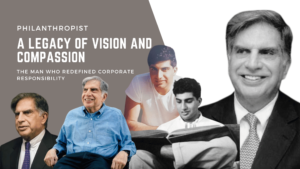


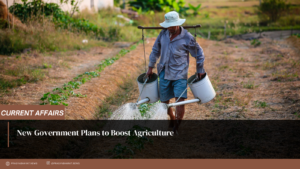


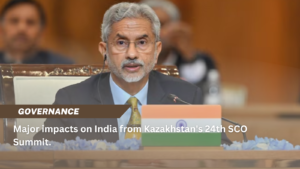
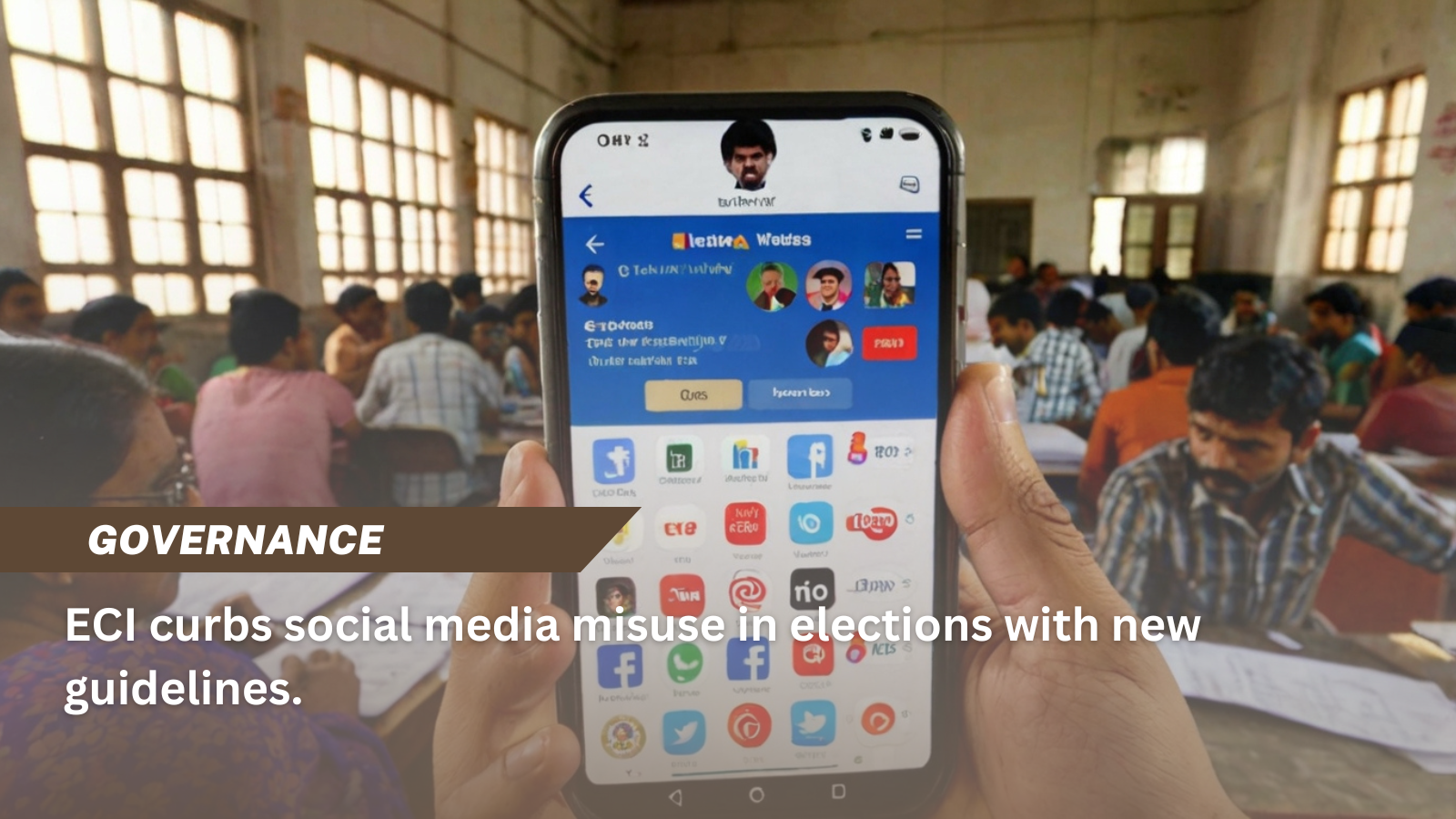

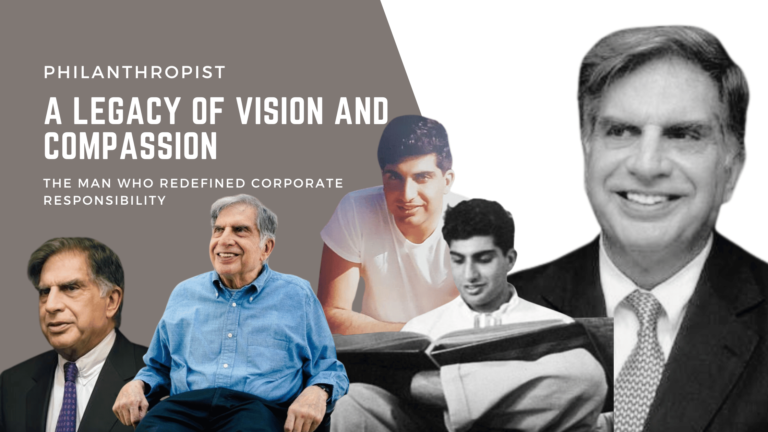





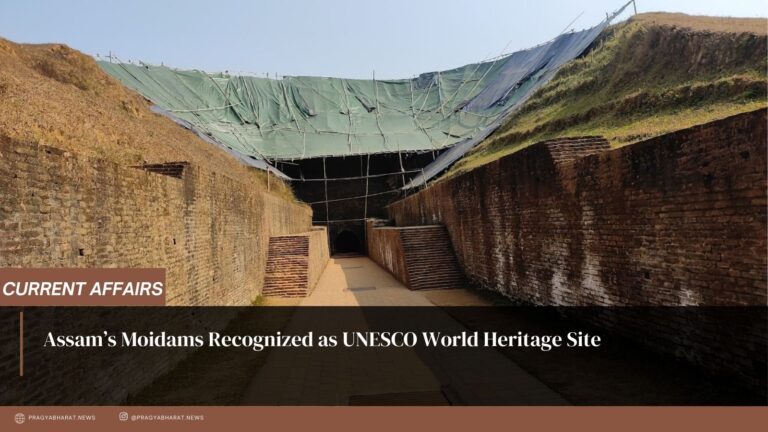

+ There are no comments
Add yours